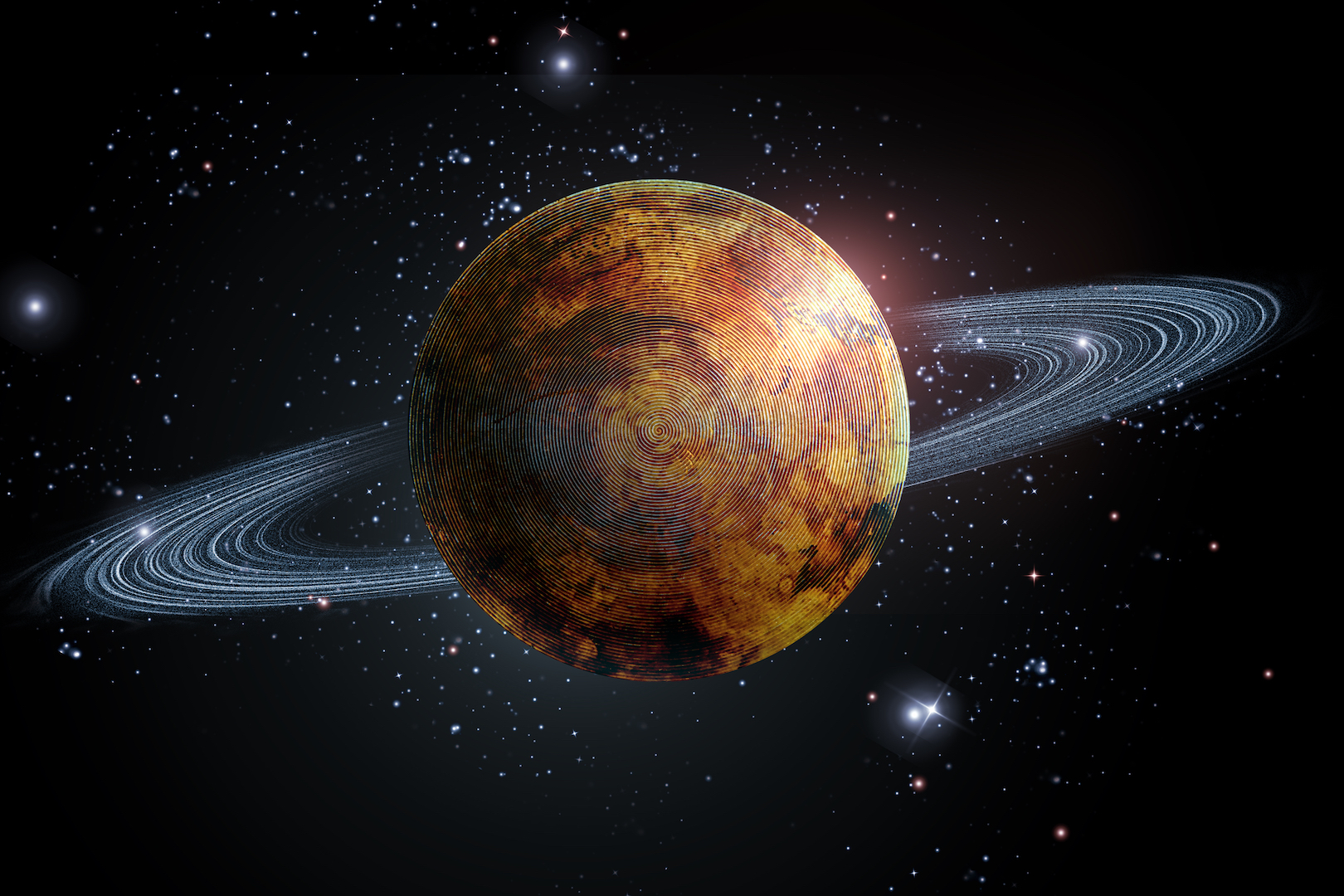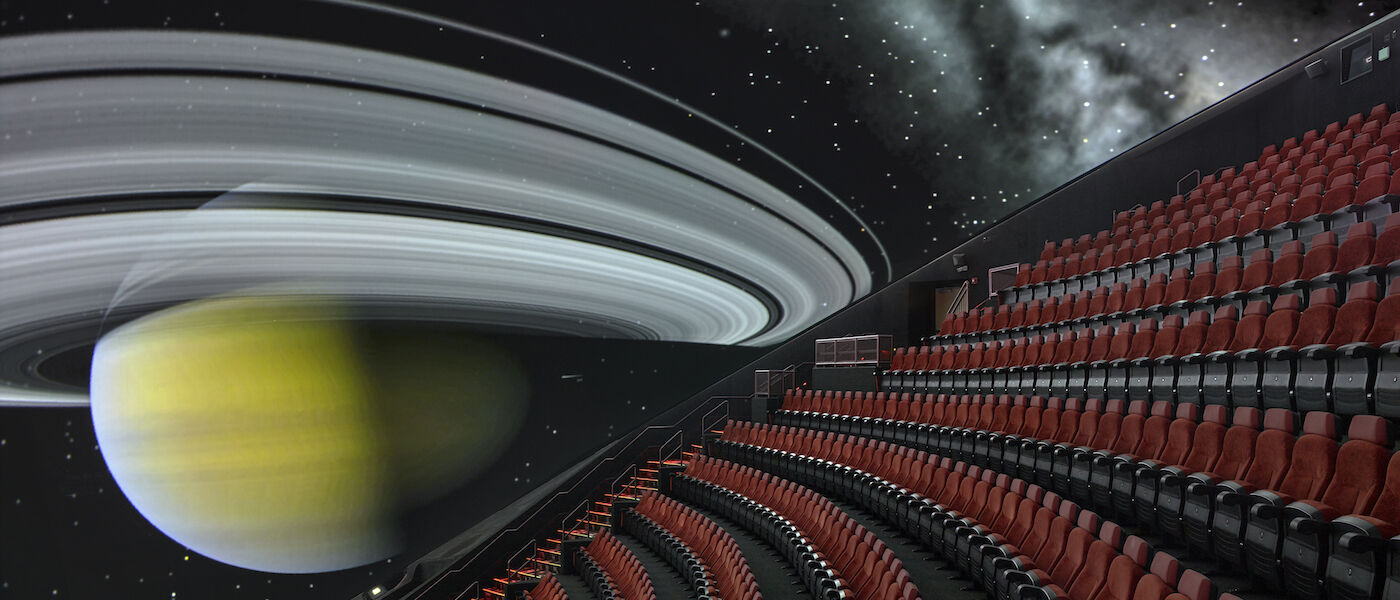Is Saturn going to lose its rings?

Saturn put a ring on it, but will it last? A recent study co-authored by NASA Goddard space physicist James O’Donoghue suggests the answer is no!
Thanks to a process called “ring rain,” water is being pulled out of the 100-million-year-old rings of Saturn and onto the planet. Based on observations made from Hawaii, ring rain could be taking as much as 6,000 pounds of Saturn’s rings every second!
Using the estimation of the mass of Saturn’s rings (about 60 quintillion pounds), that means ring rain could cause the ring system of Saturn to be depleted in the next 300 million years. Additional data from the Cassini mission that spent 13 years studying Saturn suggests this process could even happen in just 100 million years.

First observed in 1610 by Galileo, we’ve learned so much about the amazing rings of Saturn. From thinking the rings were two giant moons, to suggesting they were a solid disk around the planet, to sending four spacecraft missions to observe even closer, we know now that the rings are made of millions of small pieces of ice.
Being mostly water-ice in composition, one of the most widely accepted ideas for how the rings formed is that they used to be moons whose outer icy layers were pulled apart by Saturn’s gravity, while the cores of the moons fell into Saturn in its earlier years. The icy moon layers then flattened out into a bright, wide set of icy rings.
A few things to keep in mind:
- There is a large range of how much water the ring rain actually grabs at different times (it may be as little as 900 pounds a second), so the estimation is just that: an estimation.
- 300 million years seems like a long time, but it is relatively short when we consider the age of the universe.
- If rings aren’t supposed to be a permanent fixture of planets, maybe the other outer planets (Jupiter, Uranus, and Neptune) used to have wider, brighter rings too!
Interested in learning more about the planets in our solar system? Soar through space when you catch a show in LSC's Jennifer Chalsty Planetarium, the biggest planetarium in the Western Hemisphere. Click here to get showtimes and see what's currently playing.
